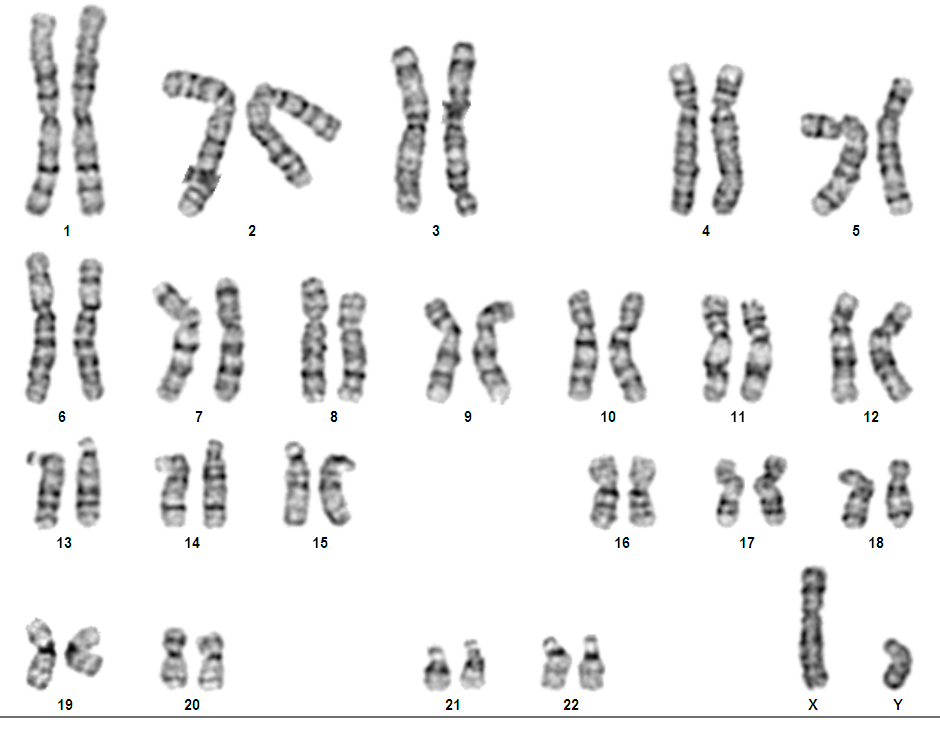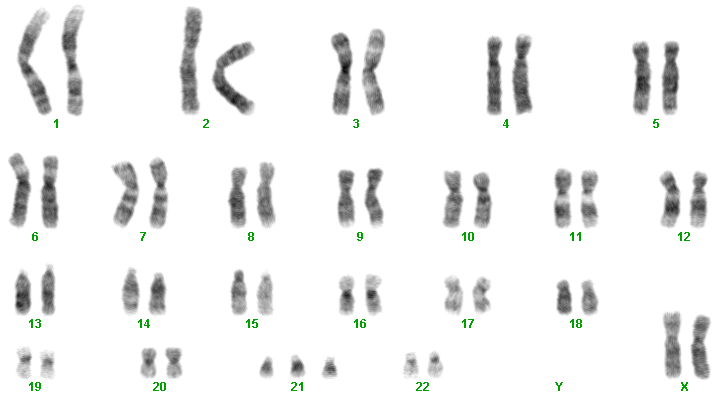Go here to read and prepare for the potato osmosis lab.
This will be your lab write-up for this semester, so let's go ahead and get this done. Generate a research question, a hypothesis and determine the IV & DV prior to doing the experiment.
Part I (which we will do on Wednesday) is to cut the potatoes into small cubes and immerse them in the different solutions. You will need 10 cubes (so you can run the experiment twice). The cubes must be the exact same size (this is one of the controls). Cover the beakers with plastic wrap (make sure they are labeled). Part II takes place on Friday, where you will remove the cubes and take your measurements. After which, you will begin working on your analysis and report. Use the tools I provided to assist you.
This will be your lab write-up for this semester, so let's go ahead and get this done. Generate a research question, a hypothesis and determine the IV & DV prior to doing the experiment.
Part I (which we will do on Wednesday) is to cut the potatoes into small cubes and immerse them in the different solutions. You will need 10 cubes (so you can run the experiment twice). The cubes must be the exact same size (this is one of the controls). Cover the beakers with plastic wrap (make sure they are labeled). Part II takes place on Friday, where you will remove the cubes and take your measurements. After which, you will begin working on your analysis and report. Use the tools I provided to assist you.




 RSS Feed
RSS Feed